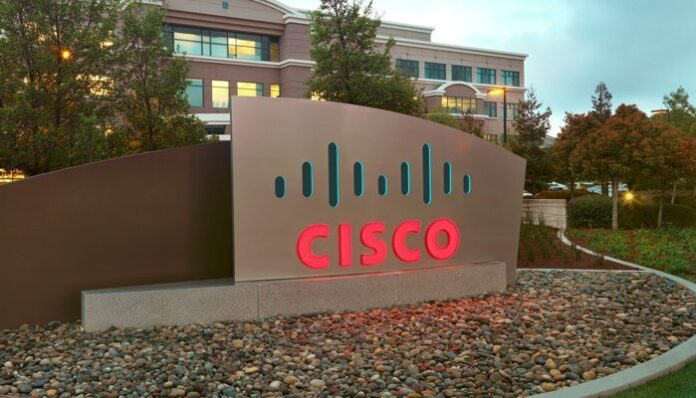Cisco characterizes Power-over-Ethernet as a “fourth utility” in smart buildings
In a new blog post, Cisco’s Anoop Vetteth, vice president of product management for Enterprise Switching and Software Solutions, examined the role of connected buildings as providing “a fourth utility” that, when combined with internet of things solutions, can make enterprise facilities better for workers, better for owners and better for the environment.
In terms of smart building use cases, Vetteth noted how connected smart LED lighting can respond to room occupancy and adjust according, and how connected curtains that are responsive to room temperature, can both contribute to reducing a building’s energy consumption. He said those types of use cases can be put in place using connectivity infrastructure, specifically Wi-Fi access points and Power-over-Ethernet cabling.
Faruk Aslam, owner of the Marriott Sinclair Hotel in Texas, said PoE not only provides connectivity but “allows for easy integration and automation between these systems. It also allows us to add and change systems without having to get into a capital improvement project, thus reducing capex, opex, and the time to complete the work.”
Vetteth examined how smart buildings result from “collaborative design” drawing in not just facilities specialists but also enterprise IT, OT and information security teams. “These teams work with architects and space designers to determine which elements of a building’s infrastructure can support the desired outcomes of efficiency, safety, and security for both people and information.”
Market research firm Fortune Business Insights set the smart building investment spend at $43.64 billion in 2018, growing to $109.48 billion by 2026; that’s a 12.6% compound annual growth rate in the eight-year forecast period.
In addition to switch and PoE solutions, for smart buildings Cisco has a broad portfolio also including DNA Spaces, an IoT device data platform, that can support applications around environmental quality sensing, space occupancy management, energy monitoring and usage reduction, wayfinding and occupancy tools, and emergency services like alarms.

